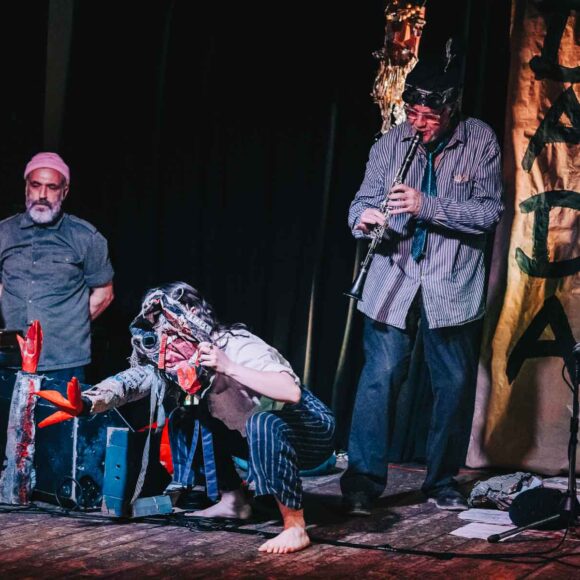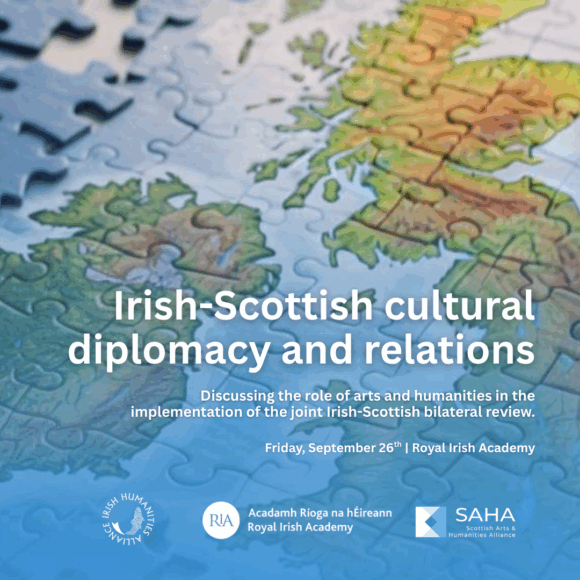Robert Burns’s Poems, chiefly in the Scottish dialect was printed at Kilmarnock by John Wilson over June and July of 1786 in an edition of 612 copies. It was published by subscription, a method very similar to modern day crowdfunding, in which the money needed to pay Wilson was raised by many of the poet’s friends and acquaintances who promised to buy a copy of the book once it was ready. The volume contains 44 poems in Scots and English and was an instant success, propelling Burns towards his status as Scotland’s Bard.
Unlike many collections of poetry published in the 18th century it contains no dedication to a wealthy patron but rather a preface in which Burns notes that his poetry comes from “the sentiments and manners, he felt and saw in himself and his rustic compeers around him, in his and their native language”. The poem Halloween written in 1785, and which begins on page 101 of the Poems, is a fine example of Burns drawing on these Ayrshire locations and lore to infuse his poetry.
Burns had a fascination for the supernatural that he absorbed in childhood through tales told to him by Betty Davidson, the widow of his mother’s cousin, who came to live with the family. Burns describes her as having “the largest collection in the country of tales and songs concerning devils, ghosts, fairies, brownies, witches, warlocks, spunkies, kelpies, elf-candles, dead-lights, wraiths, apparitions, cantraips, giants, inchanted towers, dragons and other trumpery”. Under the influence of these stories Burns would mix tales of unearthly encounters with humour, most famously in Tam o’ Shanter.
The poem Halloween is not about guising or hollowing out turnip lanterns but relates a series of folk-beliefs on finding a future spouse. Even in Burns’s time many of these traditions must have been disappearing or little known beyond Ayrshire as he provides footnotes to explain the meaning of each ritual. Emphasising their antiquity, some of the events are related by a “Graunie” who remembers the harvest before the Battle of Sheriffmuir of 13 November 1715. Burns delivers the excitement and joyous nature of the rituals the young people take part in but, in keeping with the supernatural aspect of the season, there are frightful things waiting in the wings for the unwary and Graunie warns those seeking their fortune that
Nae doubt but ye may get a sight!
Great cause ye hae to fear it;
For monie a ane has gotten a fright,
An’ liv’d an’ di’d deleeret
On sic a night.
You can read all of Robert Burns’s poem on the website of the National Library of Scotland
The article was written by NLS Rare Books Curator, Robert Betteridge.









